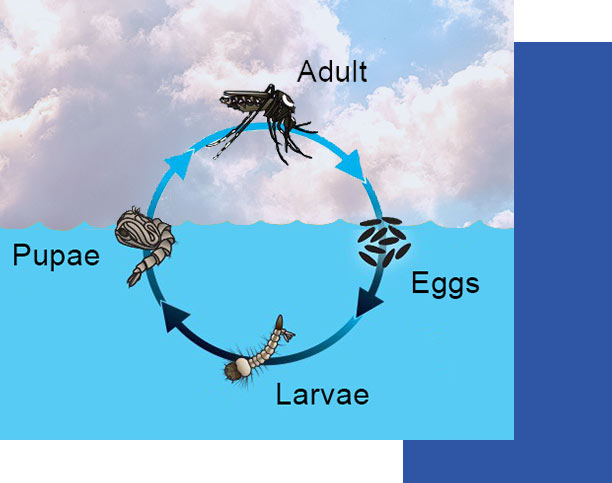COLLIER MOSQUITO CONTROL DISTRICT
About the District
We are an Independent Special District of the State of Florida consisting of a Board of five Commissioners elected for non-partisan seats to serve four-year terms. Monthly public meetings are conducted by the Board of Commissioners at the District headquarters.



